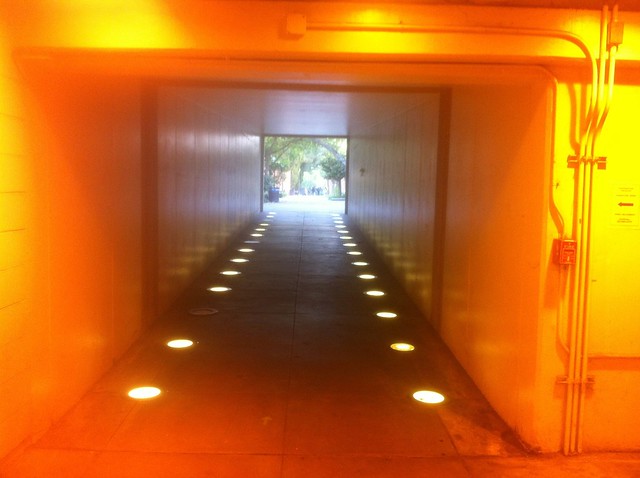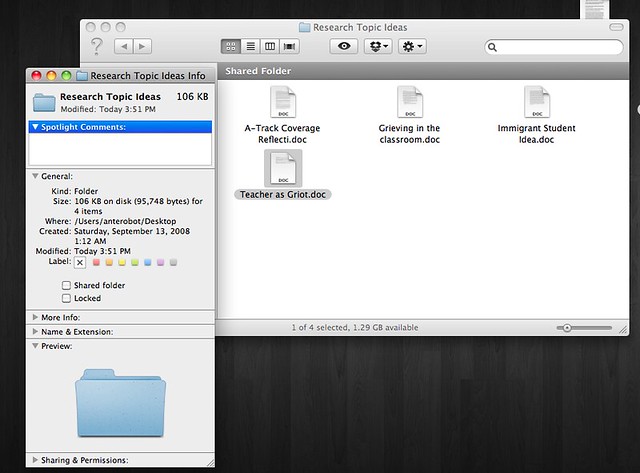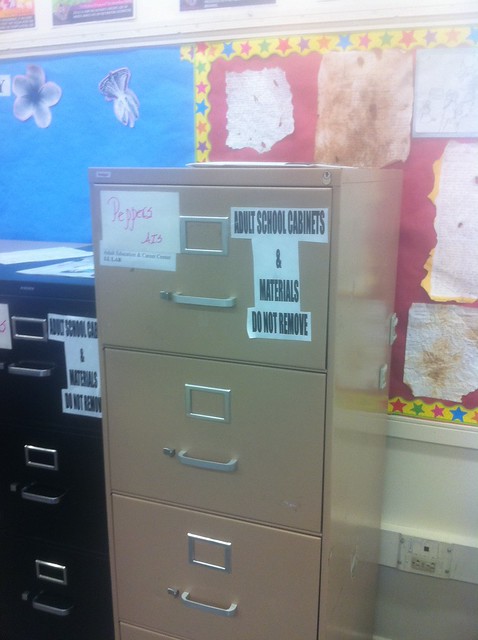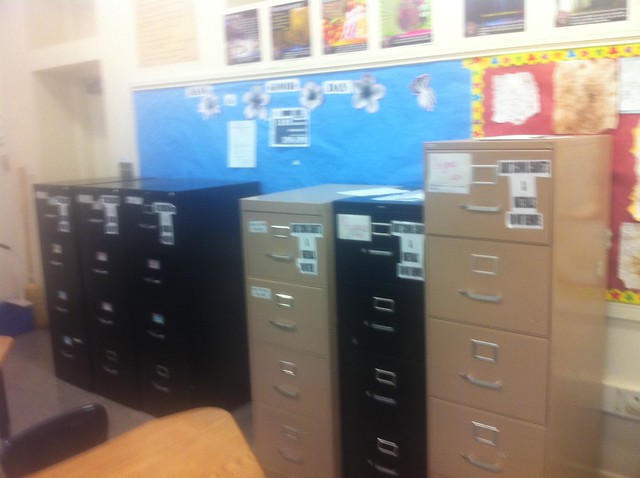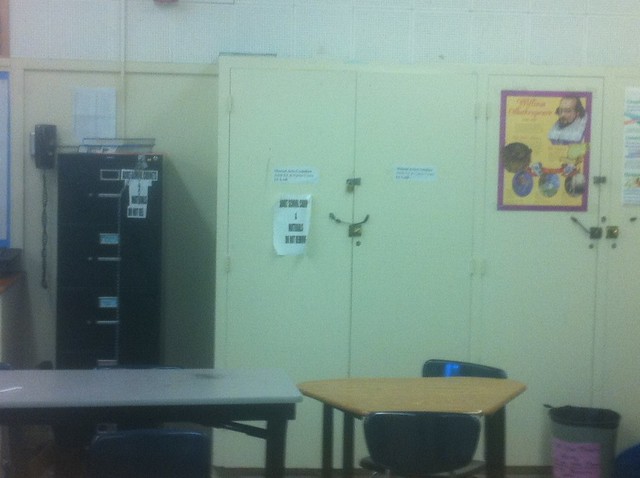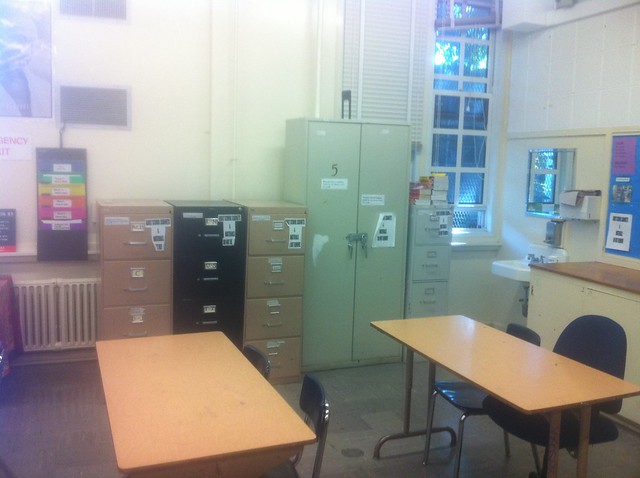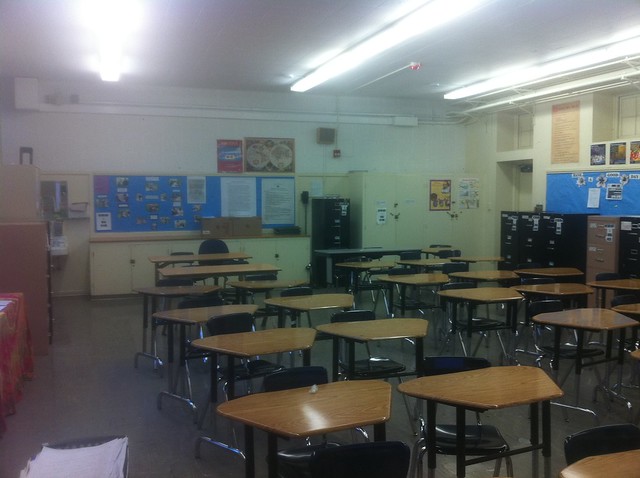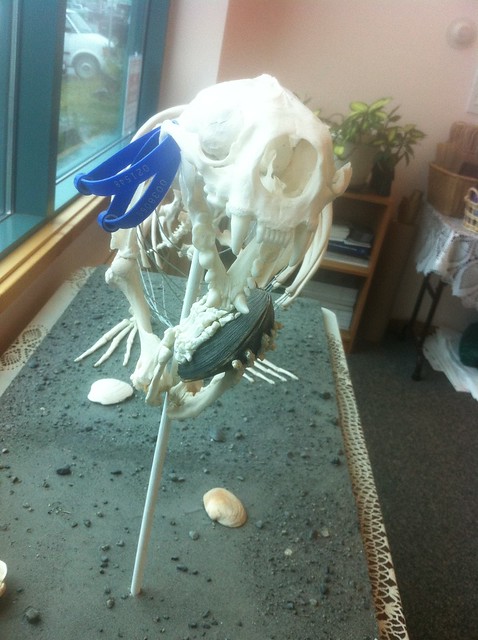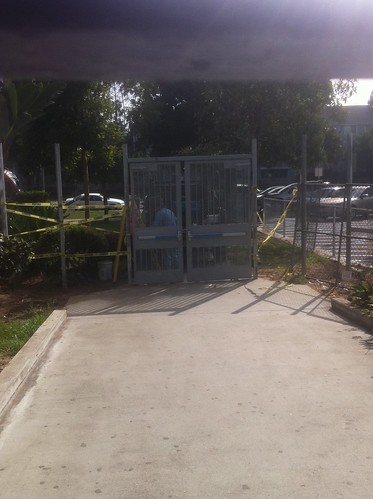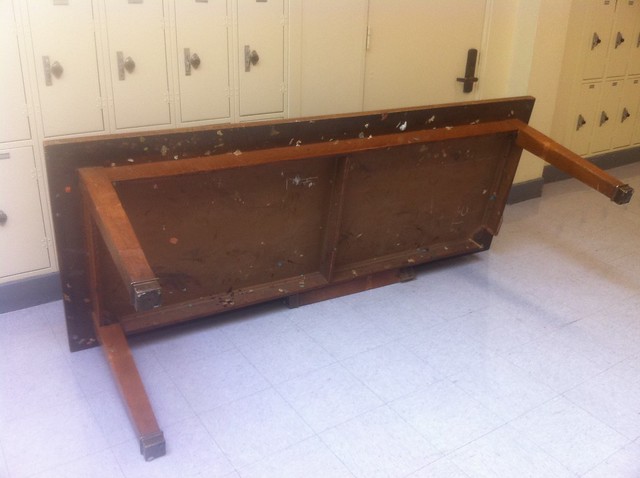
I want to talk a bit about time at Manual Arts. Our school’s use of time denigrates students in ways that can be read as classist, racist, and apathetic towards the needs of urban youth. I would argue that they define “colored people’s time” in a way that’s as equally racist as the original definition. Let me explain.
Turns out our school’s schedule will change next week – it’ll effectively be the third schedule students have had since the school year started last month.
Why is our schedule changing next week? Oh, because our school is unable to count properly. And even though we had the entire summer to calibrate the schedule for students, it was only now that the school realized it was short of instructional minutes:
Due to a mishap last Spring with the district bell schedule design software; our current schedule is 18 minutes too short for our regular length days. 2 minutes will be added to each passing period and 1 minute will be added to each class period.
I particularly appreciate that our new schedule–to emphasize instructional minutes–adds six total minutes for students in class.
This week there was a vote from our faculty regarding minor tweaks to the new allocation of school minutes. Here are the details:
Please find the NEW Bell Schedule attached. Please Note that since staff voted to eliminate Advisory on Monday, Tuesday, and Friday; there are 6 minutes added on to Period 4 on Monday & Wednesday and 2 minutes added on to Period 4 on Tuesdays to allow for school announcements. On Wednesday and Thursday announcements will continue to be at the end of Advisory after lunch. Please remember this new bell schedule will not start until a week from Monday on October 17, 2011.
In case you’re wondering, “Advisory” is the space for students to gain mentoring support from teachers, to share their learning experiences, gain study skills, and prepare for post-secondary plans. At least in theory. Our school has absolutely floundered with any kind of clear articulation of how to use the advisory time. And now, by cutting advisory to a two-times a week situation, is essentially killing advisory all together*.
Finally, in regards to time: our school has a problem actually ringing bells at the right time. It shouldn’t be difficult, right? I mean, you ring the bell when it’s time for the class to end. End of story, right? Except that–since day one–our bells are hugely erratic. They will ring anywhere from 1 to 7 minutes from their actual time.
This may seem minor, but teachers plan for the consistency and depend on bells ringing correctly in order end class in an orderly fashion.
If you’ve got a few minutes to kill, I videotaped my watch this week while waiting for the bell to ring. The class is supposed to end at 12:00. You can see my clock tick three additional minutes before it actually rings. You can hear the principal announce lunch changes, presumably because he thinks the bell is about to ring. In turn, you can hear Peter concluding his class because he thinks the bell is going to ring. And then: there’s a whole lot of time for students to be restless. [That really is the extent of what happens in the video, but feel free to experience it if you really want.]
Watching the Clock from Antero Garcia on Vimeo.
The above examples of disregard to consistent learning time have significant impact on how students perceive their schooling as valuable and important. For the urban youth at Manual Arts, these inconsistencies tell students that adults don’t care enough about running a school properly. They reinforce messages of shoddy schools perpetuated in the media and stereotypes about urban communities. This is the way our schools define a new and even more racist understanding of CPT.
*In an slightly related note, an upcoming PSAT for all 10th and 11th graders is extending advisory for a day to 180 minutes. That’s three hours. In a class that our school is at least symbolically saying is worthless. How many 9th and 12th grade teachers are going to be showing movies during advisory for three hours: probably most of them. [10/17/11 This footnote was edited per clarification from Ben in the comments below.]
Tell people this is awesome:
